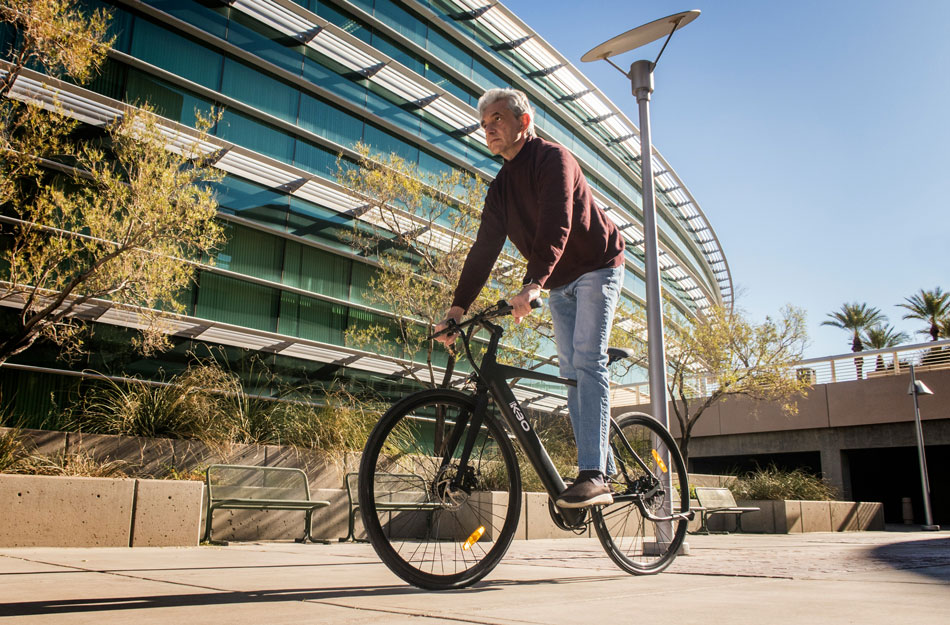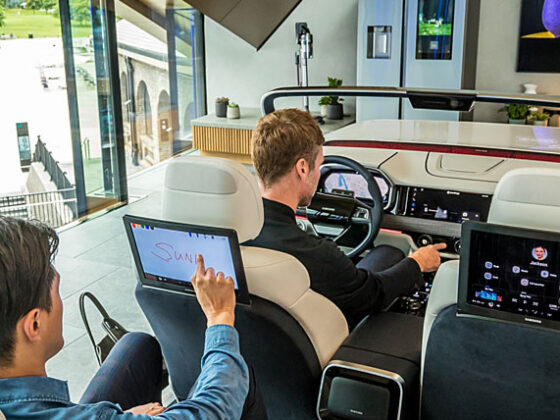Forget the fountain of youth. It’s time to tap into the silver shoppers tsunami. Older consumers are becoming the majority; even youth-focused brands shouldn’t write them off. This demographic wields significant disposable income, making it ripe for savvy retailers who will provide the products and experiences they desire.
If you have any assumptions about Baby Boomers and the way they spend, it’s time to throw them out. While Millennials are the largest generation by population share, Boomers hold 51% of the wealth in the United States. The International Standard Organization estimates that in the US alone, the Boomer generation outspends others by $400 billion annually—and a significant portion of future global income will be concentrated in their hands.
As the population ages, how can retailers anticipate the needs, desires, and evolving spending habits of older consumers? And what do these “Silver Shoppers” mean for your business?

Shifting Perceptions and Redefining ‘Old’
Would you believe that the women in the Sex and the City spinoff, And Just Like That were supposed to be the same age as the women in The Golden Girls? Or that in All in the Family, Edith was only 44 and Archie was 48? This shift in how age is portrayed in pop culture reflects how the concept of “old” age has changed dramatically in the last few decades.
“More senior citizens are more healthy, adventurous, and actively engaged in society than their counterparts were even 10 years ago. Now, researchers say the way aging is measured should change too,” explains Mehran Movassaghi, M.D. in a blog for Pacific Men’s Health.
Baby Boomers are those who were born between 1946 and 1964. More than 20% of the U.S. population fall into this category.
While retirement is often associated with people in this age group, about 40% of people age 55 and older were working or actively looking for work in 2020, according to the U.S. Bureau of Labor Statistics.
This trend of “unretirement” is just one example of how Baby Boomers are bucking what it means to age. A recent Michigan State study found that people say they feel about 20% younger than their actual age. Beginning at age 50, many say they feel about a decade younger.
But how does this redefining of “old” shape the retail market?
Senior Spending Power
According to BCG, there will be more older people than younger people globally in the next couple of decades.
“Aging will transform the demographic structure of every major market, even those with relatively young populations today. In China, for example, the percentage of the population 50 to 70 years old will grow from 26% in 2020 to 30% in 2050. In India, it will increase from 16% in 2020 to 25% over the same period. The size of this opportunity will continue to grow, too: the population of 50- to 70-year-olds in the 12 nations we examined will approach 1.1 billion in 2050.”
This demographic shift offers a significant opportunity to retailers, as the increasing number of older consumers with higher average net worths represents a substantial and growing market segment.
As the population’s average age goes up, retailers and other industries will need to be flexible in how they reach these consumers. Many in this aging cohort are influential, active, and in control of a significant amount of expendable income.
Capture the Boomer Audience
If age is just a number, how does that reflect in the behavior of aging consumers? As it turns out, older consumers are active consumers. Boomers are doing more shopping and scrolling than ever before.
More than half of the Baby Boomer population shops online. Consumer research also found that while most senior populations still prefer to shop in person, there are certain key aspects of online shopping that can be attractive when emphasized, including fast delivery, simple tracking, and secure packaging.
For retailers who recognize the evolving preferences of aging consumers, there’s a significant opportunity to tailor shopping experiences to better cater to this demographic. Here are some tips to capture this dynamic audience that is redefining what it means to age.

1. Meet them where they are.
As Boomers and Gen X age, health and medical care will become a priority. As we recently explored in our article on Medtail, “With an aging Boomer population, increased healthcare demands and shifting consumer preferences, it’s no surprise that repurposing retail space has become a strategic necessity. It has created a dynamic landscape that continues to evolve as both the health care and retail industries face unique challenges.”Retailers, particularly in the Medtail space, can take a tip from CVS, who opened MinuteClinics in many of their locations.“Convenience, accessibility, familiarity, and trust are all elements that retail health clinics and pharmacies can build on in the decades ahead. It’s essential that we make older people feel welcome in retail health clinics and show them that they are interacting with a provider they can trust,” says Creagh Milford, DO, MPH, Senior Vice President of Retail Health, CVS Health.
2. Give them a grocery experience to remember.
Consumer research shows that shoppers between ages 19 and 24 make more than 34% more grocery trips than shoppers ages 75 and older. Because older consumers tend to go to the grocery store less often, each trip becomes more meaningful.Retailers that make in-store conversions to impact the shopping experiences of senior shoppers in a positive way can benefit. For example, varied basket sizes, clear signage, and personalized assistance can offer a better shopping experience for seniors, who are more likely to return when they feel valued and accommodated.Rethinking product offerings to serve the needs of older adults is another way to attract this demographic. From easy-to-open packaging to products designed for accessibility and convenience, adapting offerings to cater to the unique needs and preferences of older adults can enhance their shopping experience and foster loyalty.
3. Make human interaction a priority.
Older consumers tend to prefer the human touch, too. A fitting example of catering to this desire comes in the form of “slow checkout lanes” that have been rolled out in The Netherlands at Jumbo Supermarkets. The slow checkout concept, for shoppers who prefer to chat to a human than scan their own items have been so popular that the chain has promised to open them in 200 additional locations.
4. Integrate technology with accessibility in mind.
Seniors will gladly spend money online, provided you make it easy for them to do so. Ensure that online platforms are user-friendly and accessible, with larger fonts and easy navigation. It’s important for any e-commerce site to be safe and secure since this is a top concern of shopping online for seniors.Retailers should consider offering online shopping with home delivery options for those who may have difficulty visiting physical stores.
5. Offer in-store events or workshops.
Hosting events or workshops tailored to Boomers’ interests, such as cooking demos, gardening classes, and DIY workshops (like Lowe’s DIY-U workshop) is a great way to engage customers in your brand without selling. Those types of activities provide opportunities for social interaction (that we all need) and experiential shopping experiences.
6. Engage in the community.
Consumers in general, but mostly Gen X and Boomers, appreciate businesses that contribute positively to their neighborhoods and support local causes. Engaging with the community through events, sponsorships, or partnerships is a great way to build meaningful relationships.

Become Senior Savvy
In the end, overlooking the opportunity that Silver Shoppers bring to the table can be a huge mistake for your retail business. Industries like apparel, health supplements, skin care brands, alcohol beverages and investment brands are booming thanks to the mature consumer.
This often-overlooked segment of shoppers represents a significant opportunity to retailers. With a better understanding of this demographic, retailers can woo these consumers into loyal shoppers.




